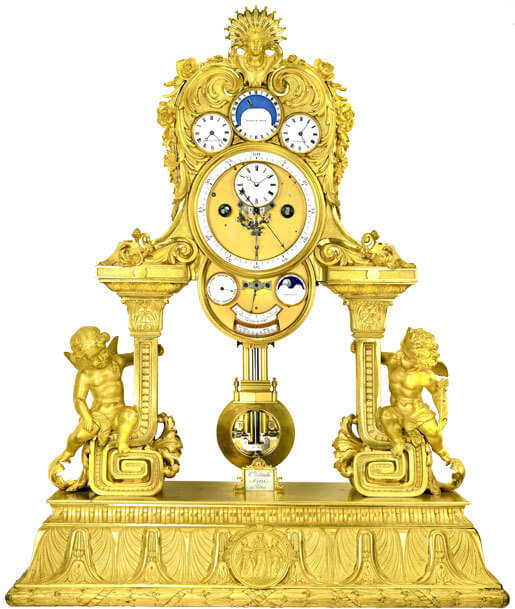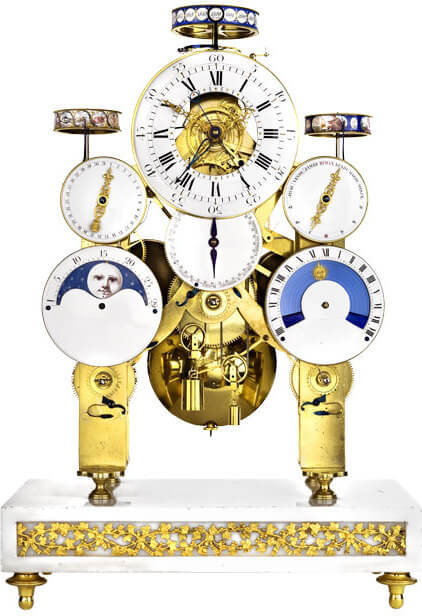François-Paul Journe laid his cards on the table months ago. After achieving the exploit of housing a minute repeater inside an extra-thin watch last April, he would not be revealing another feat of watchmaking to coincide with the SIHH 2009, just nine months after the last edition of the international watch fair. “I’d rather devote myself to making this timepiece,” he declared at the time. An understandable wish: to produce this miniature marvel, the watchmaker can pride himself on having reinvented the minute-repeater mechanism, no less, shaving its thickness to just 4mm and blessing it with one of the most crystal-clear chimes in the world. A monumental task. It should therefore come as no surprise that the multiple winner of the Grand Prix de l’Horlogerie de Genève should pass on this year’s rescheduled SIHH.
Still, F.P. Journe has never said his last word. While he may not be unveiling any new creations, his passion for his trade means he still has a surprise in store. Renowned for the unique exhibitions which he stages – who can forget the incredible collection of steel watches he presented in 2007 – the boss of the Genevan manufacture is giving a repeat performance, this time with a well-deserved tribute to French masters and their work.
The exhibition, held inside the manufacture, is exclusive in nature. F.P. Journe has selected 12 clocks from the Ausano Musa-Milan private collection, all manufactured in the 18th and 19th centuries and each chosen for their importance in the history of time measurement. “They give us a better understanding of the history of authentic horology. These pieces bear witness to the importance of clockmaking in France at that time,” he explains.
An underestimated heritage
These clocks are the emblems of a vast but underestimated heritage. Created by great master watchmakers for illustrious figures, many of whom left their mark on France’s history, they made a decisive contribution to scientific progress of that time. Take the example of the astronomical regulator, created circa 1813 by Jean-Antoine Lépine, Horloger du Roi, with its distinctive upturned Y form. In addition to hours, minutes and seconds, it indicates a host of other information such as an equation of time, moon phases, a perpetual calendar and the signs of the zodiac.
These complications were already to be found on the favourite astronomical clock of King Louis XVI, the work of Grand Master Robert Robin. “This clock stood in the king’s bedroom at Versailles,” explains F.P. Journe. The exhibition also features an astronomical regulator with complications and compensated pendulum, made by Louis Constantin Detouche in 1849 for the World’s Fair in London, where it was awarded a gold medal, the Fair’s highest distinction.

Each of these masterpieces left their mark on their era and continue to influence ours. Not to mention their influence on the French watchmaker himself, who draws inspiration for his contemporary pieces from these wonders of the past. What greater proof than the extraordinary astronomical clock which stands three metres high in the centre of the manufacture’s exhibition space. Produced in 1855 by the Detouche workshops in Paris for the city’s Exposition Universelle, it never ceases to amaze its owner Francois-Paul Journe and guide him in the creation of watches that symbolise the history of true, scientific time; time without compromise. The path of authenticity trodden by great master watchmakers.












